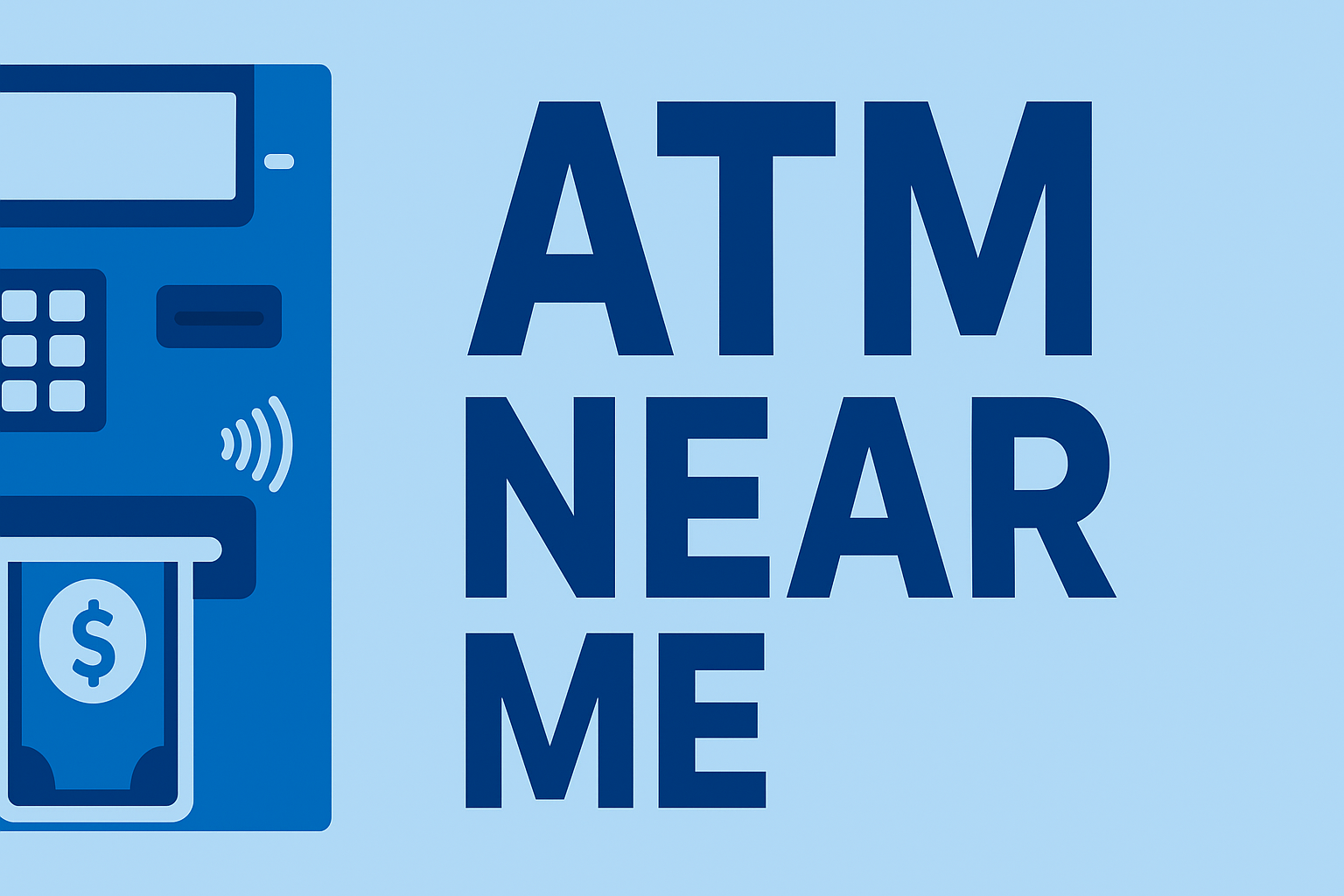EMV chip technology is one of the most important security upgrades ever introduced to ATMs. Unlike magnetic stripes, EMV chips create dynamic, encrypted transaction data that scammers cannot easily clone. If you want a deeper look at how ATMs function behind the scenes, see our full guide: How ATMs Work.
This article breaks down how EMV chips protect your card, how the ATM reads the chip, and why chip technology dramatically reduces fraud compared to traditional magstripes.
What Is an EMV Chip?
An EMV chip is a small, embedded microprocessor found on modern debit and credit cards. EMV stands for Europay, Mastercard and Visa—three networks that developed the standard for secure card transactions.
Unlike magnetic stripes, which store static data, EMV chips create a unique transaction code every time you use the card.
How ATMs Read EMV Chips
When you insert your card into an ATM, the chip connects with the ATM’s card reader through metal contact points. The ATM then initiates a secure, encrypted conversation with your card.
- The ATM reads cardholder data from the chip.
- The chip generates a dynamic cryptogram (one-time code).
- The ATM verifies the chip’s authenticity with your bank.
- Your bank approves or denies the request based on the cryptogram.
This process takes less than a second and is far more secure than magstripe reading.
Why EMV Chips Are More Secure Than Magstripes
EMV technology prevents the two biggest types of ATM fraud:
- Card skimming — Magstripe data can be cloned. Chip data cannot.
- Replay attacks — EMV generates new data each time, making stolen data useless.
Because the cryptogram changes every time, criminals cannot create counterfeit chip cards using stolen data.
How EMV Chips Protect Your PIN
Your PIN is never stored on the card. Instead, the chip encrypts the PIN entry and sends it through a secure processing channel. This prevents thieves from intercepting your PIN during ATM transactions.
Paired with EMV, PIN encryption is one of the strongest layers of ATM security in the industry.
The Future of ATM Chip Technology
As ATM networks continue to evolve, EMV chips are being paired with:
- Contactless tap-to-withdraw options
- Biometric verifications
- AI-supported fraud detection systems
These upgrades strengthen ATM security and reduce fraud across all banking networks.
Final Thoughts
EMV chips significantly improve ATM security by generating dynamic cryptograms, encrypting PINs, and reducing fraud from skimming and cloning. When paired with modern ATM hardware, they form one of the strongest consumer protection systems in banking today.
